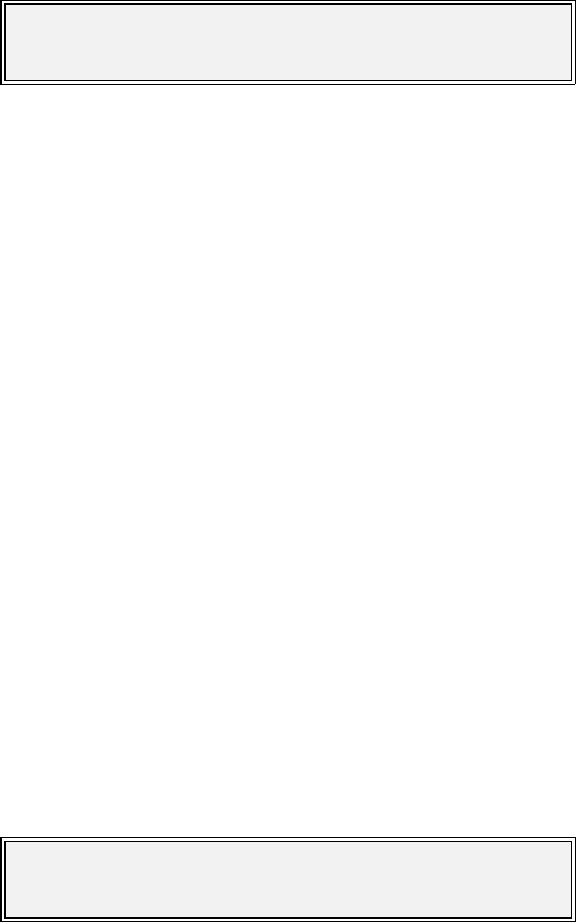
P300H P300 Series Modem Installation and Operating Handbook Page 57
Tx BB: [?] 1=Continuous data
2=Drop Mux 3=Other function
Change, Tx/Rx, Baseband Menu
Set Tx terrestrial data rate [2048000bps]
(2400-4920K) ???????bps (YES)
Change, Tx/Rx, Baseband, Continuous Menu
6.6.3 Change, Tx/Rx, BASEBAND Menu
This menu allows selection of the Baseband mode of the Modem
Continuous Data Selects normal continuous data interface operation, the menu dialogue for this
continues in the next section.
Drop/Insert Mux This option is only shown if the Drop/Insert feature is available, standard on the
P300-IBS and above. It selects the Drop (Tx) / Insert (Rx) mode of baseband
operation where a T1 or E1 PCM bearer is routed through the equipment, with Tx
data being dropped from specific timeslots of the bearer, and Rx data being
inserted back into the same or other timeslots. The menu dialogue for this
continues in section 6.6.5 on page 58.
Other Function This option is only shown if the IDR option is fitted (as this includes the
P1348/P1448 emulation mode, standard on P300-IDR and above) and the unit
is set for IBS service. It selects the two special modes of baseband operation
which use the Audio ports normally used for the IDR audio ESC circuit as the
main traffic data. The unit can generate a 64kbps carrier comprising just the two
32kbps ADPCM audio channels, or a 128kbps carrier comprising 64kbps data
(from the main data interface of the modem) plus the two 32kbps ADPCM audio
channels. These modes are effectively an emulation of the popular P1348/P1448
voice/data mux card used often in SNG applications. The menu dialogue for this
continues in section 6.6.6 on page 62.
6.6.4 Change, Tx/Rx, Baseband, CONTINUOUS Menu
Selecting CONTINUOUS DATA for the baseband interface leads to the following menu. Enter the data rate
with any leading zeroes required, then press YES, if the field is incomplete the unit will add the trailing
zeroes (to avoid having to enter three trailing zeroes when working with rates such as 64000, 128000 etc).
When the field is full, pressing YES enters the new data rate.
If the data rate is 2048000bps and the Modem is set for IBS/SMS service, or a Custom service based on
IBS framing, then this is a special condition. In this situation there are two modes of adding IBS framing,
either normal (with 6.7% overhead) or G.732 mode (where the embedded framing in the G.732 is used,
and no overhead is added). These modes are often referred to in the service definition specifications as
1920kbps or 1984kbps operation. Refer to section 7.2.1 "Change, Tx/Rx, Baseband, Continuous, 2048k
Menu (IBS)" on page 137 for the description of the dialogue in this case.
Similarly if the data rate is 2048000bps and the Modem is set for a Custom service based on the IDR
Low rate format the Modem can provide additional features if the data is G.732 framed. In such a case
it can either allow the transmit timeslots to be arbitrarily re-ordered, or frame align the Tx data within the
satellite IDR frame, so that the distant receive equipment may arbitrarily re-order the timeslots. Refer to
section 7.3.1 "Change, Tx/Rx, Baseband, Continuous, 2048k Menu (IDR)" on page 139 for the description
of the dialogue in this case.


















